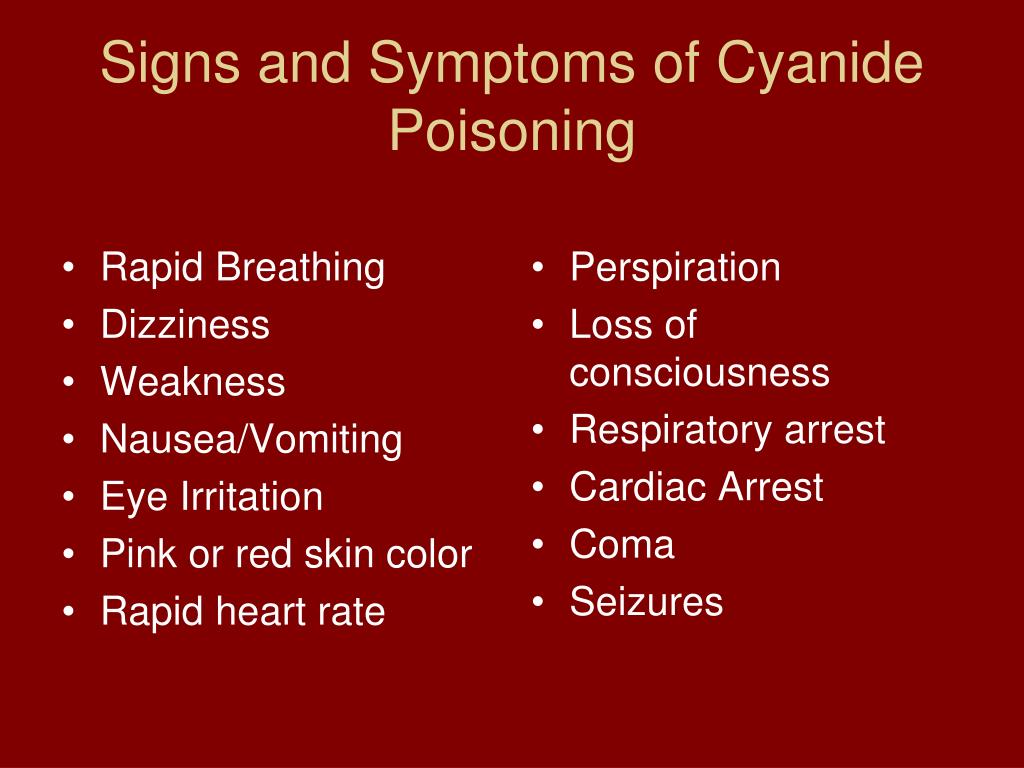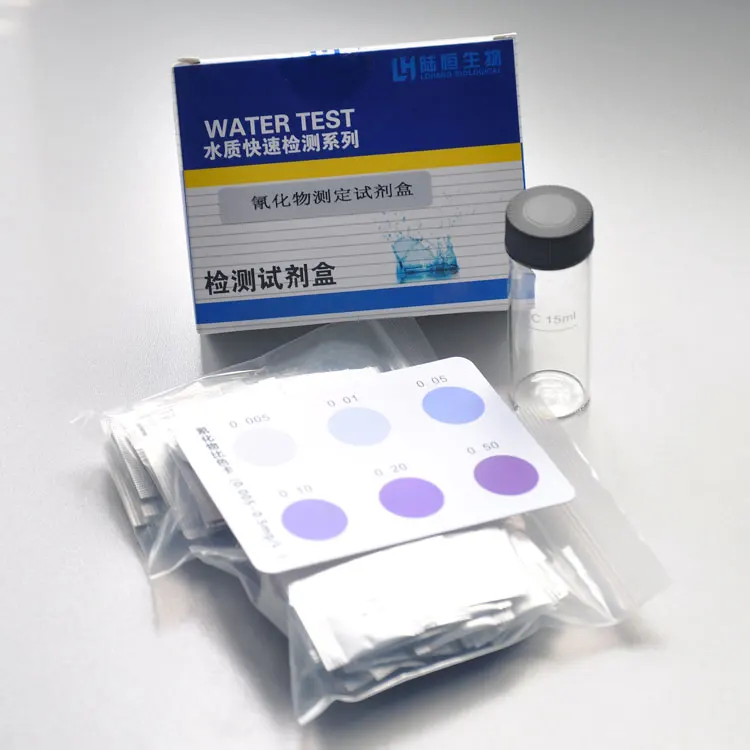

Specifically, this medical consultation should address workplace-specific considerations, such as appropriate storage and replenishment of medical supplies (e.g., FDA-approved antidote drugs, intravenous supplies), and pre-placement of emergency medical equipment and first-aid supplies (e.g., portable oxygen tanks, automated external defibrillators or AEDs). The absence of such consultation is enforceable as a serious violation. This consultation shall ensure that emergency medical services, including those equipped with effective cyanide antidotes, are readily available in the event of an acute cyanide overexposure in the workplace.
#Cyanide antidote kit cost professional
151(a), with a workplace that has a foreseeable risk of cyanide exposure, must consult with a physician or other licensed health care professional (PLHCP). Therefore, when there is a foreseeable risk of cyanide exposure, employers should communicate with their local EMS agency to plan for exposure controls, hazard recognition, training, and treatment availability.ĭue to the acute and lethal hazards presented by cyanide poisoning, an employer covered under OSHA’s standard, Medical Services and First Aid. EMS providers could assist with administration of antidotes or non-specific therapies. 4, 5 Most cyanide exposures will result in activation of emergency medical services (EMS). Depending on the scenario, victims might require cardiopulmonary resuscitation, supplemental 100% oxygen, decontamination, and other supportive care. In addition to specific antidotes, cyanide poisoning requires other therapeutic interventions. Employers should heed all aspects of the antidote’s “Indications and Usage” labeling. 2, 4, 5 Because all currently FDA-approved cyanide antidotes are IV infusions, they should only be given by healthcare professionals whose scope of practice includes administration of IV drugs. Ideally, cyanide antidotes should be given soon after exposure to unconscious victims with known or strongly suspected cyanide poisoning. 2 In light of the experts’ recommendation to use hydroxocobalamin, and the absence of amyl nitrite on the FDA list of approved cyanide antidotes, 3 amyl nitrite is no longer an acceptable antidote option.Įmployers that offer antidote therapy for cyanide poisoning should provide one of the FDA-approved products. 3 In 2018, an expert consensus panel determined that hydroxocobalamin is the preferred antidote, but sodium nitrite and sodium thiosulfate are also acceptable. Food and Drug Administration (FDA) stated, as of September 2018, that the only products approved for cyanide poisoning are the following: Cyanokit (hydroxocobalamin injection), Nithiodote (sodium nitrite and sodium thiosulfate for intravenous infusion), sodium nitrite injection, and sodium thiosulfate injection.

This memorandum serves as new guidance to address outdated information provided in OSHA’s archived memo dated May 17, 1988, from the Office of Occupational Medicine, and entitled “Cyanide Antidote Kits.” The prior memo stated in part, “ Amyl Nitrite continues to require a physician’s prescription and the administration of this drug in an emergency situation by the designated first aide responder is the medically accepted initial response.

KAPUST, Acting Directorĭirectorate of Enforcement Programs SUBJECT: Cyanide Antidotes Principal Deputy Assistant Secretary FROM: LEE ANNE JILLINGS, Acting Directorĭirectorate of Technical Support and Emergency Management PATRICK J. STATE PLAN DESIGNEES THROUGH: LOREN SWEATT


 0 kommentar(er)
0 kommentar(er)
